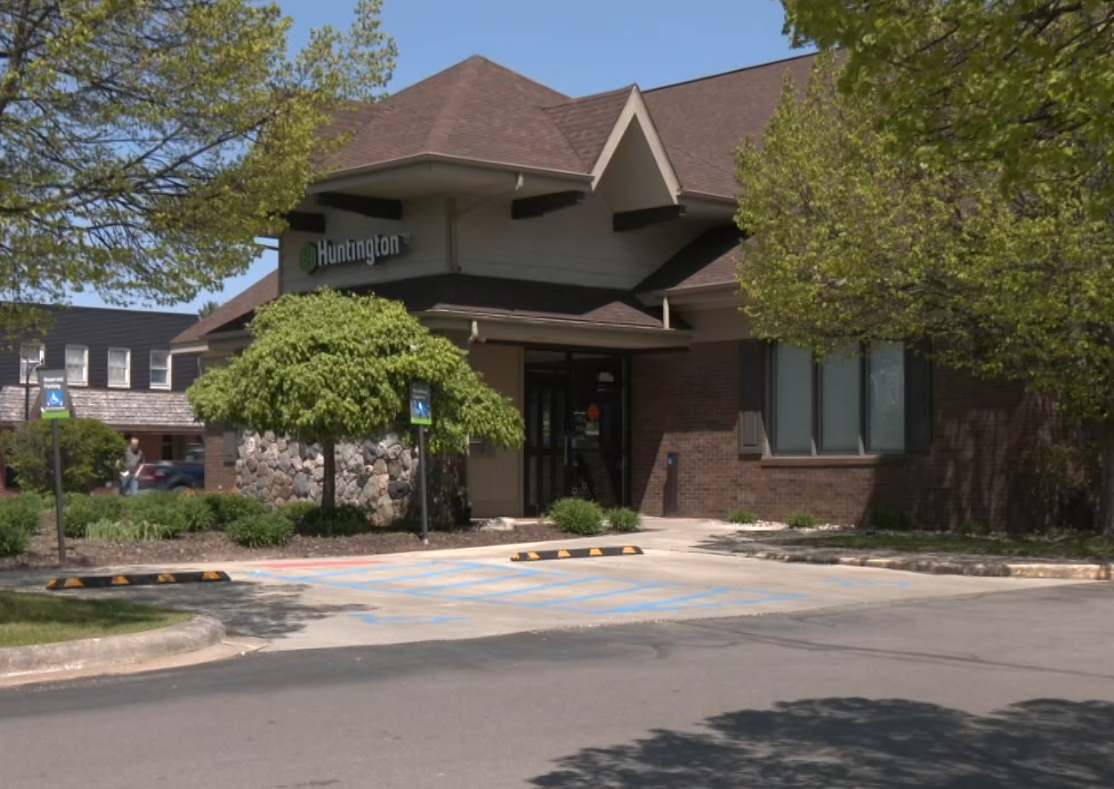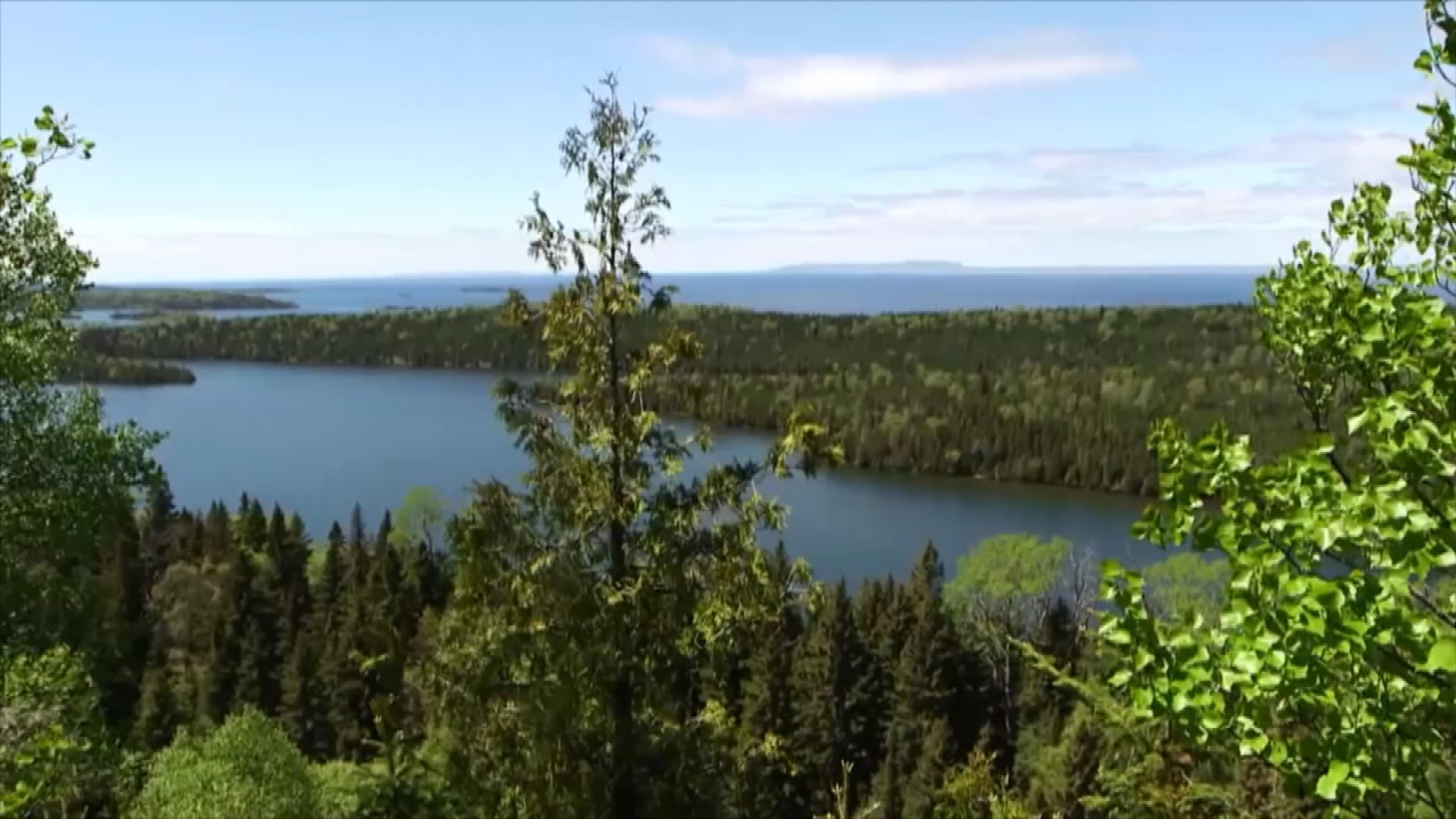

For families such as the Dennis’ of Tustin, this is one of the best times of the year. They, and many other families across Michigan, have begun tapping maple trees for sap.
“We tap into spring and it’s best when it’s cold at night, so into the freezing temperatures usually, about mid-20s, is best,” says Jon Dennis, a maple syrup producer. “Then, once the temperatures during the day, especially when it’s sunny, around 40 or low 40s.”
Dennis was introduced to the process as a young child, visiting his great-uncle in Wisconsin.
“He’s 96 years old. He’s still making maple syrup in Wisconsin,” says Dennis. “So I grew up in Traverse City and we would go over to Wisconsin to visit during the maple syrup season. It was just a magical time for me. So later on in life when I had the opportunity to do this on my own or do this with my family that’s something I really wanted to do. And so we’ve been doing this about seven or eight years now.”
Dennis recruits the help of his wife and children six weeks out of the year to hammer in 400 taps at the family farm, Three Tree Farm. Dennis says this is a small maple syrup operation compared to others across the country.
“There are places out east like in New York and Vermont that have over 100,000 taps,” he says.
In fact, Michigan has ‘untapped’ potential when it comes to maple syrup production, according to Dennis.
“There are states like Vermont, for example, a state of about 500,000 people, and they make about 70 percent of the syrup that’s made in the U.S. And here in Michigan, we don’t make nearly that much,” says Dennis. “Yet we have a lot of sugar maple trees especially throughout the Lower Peninsula, but also many in the Upper Peninsula that people are not tapping.”
Dennis says the demand has “skyrocketed” over the past few years.
“The prices have gone up, the demand has gone up and quite frankly I’m not sure that we’re keeping up as producers,” he says.
The process of making syrup is boiled down to a science, though many people are only interested in making syrup as a hobby.
Dennis has his technique for making the tasty, sweet treat.
Once the bags that collect the sap from the trees are full, he dumps the sap into a tank which is sent to a larger pump in the loft of his sugar shack, through an electric pump. From there, gravity does the work, sending the sap flowing through to the boiler where it is boiled down, caramelizing the sugar.
“Syrup by definition is 60 percent sugar and so the whole process is basically doing everything you can to get the water off the sap to take the sugar level from two percent up to 60,” says Dennis.
Once the contents reach 217 degrees, the boiler will automatically open its valve, allowing the syrup to run. It will be filtered and cool down before it is bottled for sale.
“We have that figured out according to the boiling temperature, and then we adjust for barometric pressure as well as our elevation and then that’s how we end up with our end product,” says Dennis.
The process is technical, in order to make, in Dennis’ opinion, the best product. But, many great memories are made in the process.
“The favorite memories were staying up late because [great-uncle] would boil sometimes all night, and so we’d get to stay up late. So that was exciting,” says Dennis. “Then we would roast hot dogs in the fire. Those are just some amazing memories.”
You can find on Facebook for more information about the farm.


© 2023 - 910 Media Group

